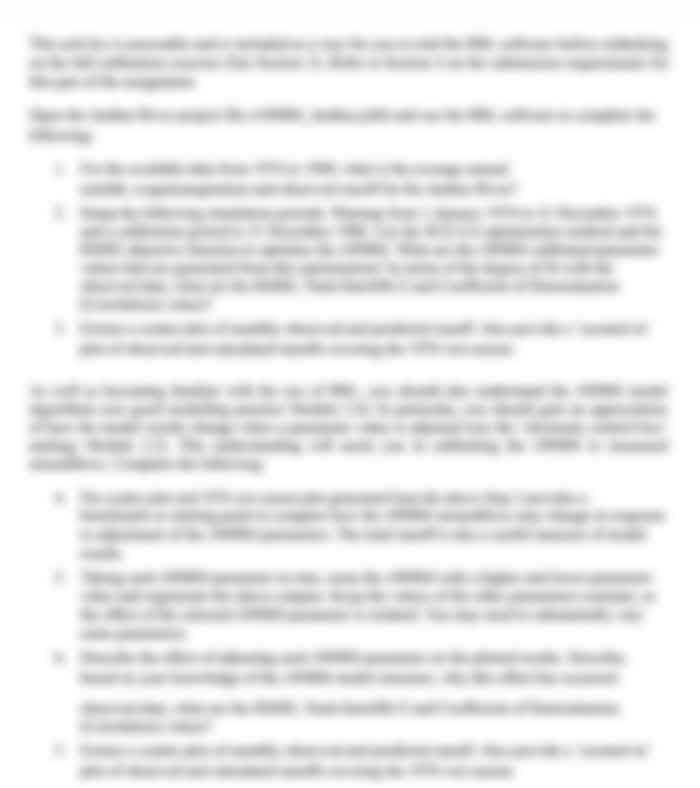Drug Diary -VU Nursing and Midwifery Assignment
The purpose of the VU Nursing and Midwifery student led drug diary is to assist students in their understanding of medication administration and management. Registered Nurses and Midwives are legally obligated, as regulated health professionals, and are accountable to the Nursing and Midwifery Board of Australia (NMBA) https://www.nursingmidwiferyboard.gov.au/Codes-Guidelines-Statements/Professional-standards.aspx . Additionally, the safe and effective use of medications is clinically governed by the National Safety and Quality Standards to support medication management https://www.safetyandquality.gov.au/standards/nsqhs-standards
The fundamental six (6) Rights of medication administration are to be adhered to at all times. Some hospitals may implement to up to 11 rights of medication administration and it is your professional obligation to be aware of the policies of the institution in which you are working and to adhere to their requirements. RIGHT PERSON, RIGHT DRUG, RIGHT DOSE, RIGHT ROUTE, RIGHT TIME, RIGHT DOCUMENTATION
Medications can be grouped by how they affect our bodies so it is important to have an understanding of this. For example analgesics relieve pain, antihypertensives reduce blood pressure, antidepressants assist in reducing depression etc These medications are then further divided by their individual therapeutic actions. For example you may have two different medications classified as antihypertensives however Drug A may work differently to Drug B to reduce this BP. It is important to be aware of how medications work as nurses are accountable for the drugs they administer.
When using this Drug Diary it is advised that you place any drugs that are unfamiliar to you into this diary and take the time consolidate the information you have included. Through this you will then become familiar with the medications you administer. Try to paraphrase which will assist you in understanding the medication in your own words. If you like try grouping drugs together on the same page eg. Analgesics, Anti-Emetics etc
*BE SURE TO USE AUSTRALIAN GENERIC & BRAND NAMES*
Utilising updated Australian text books will assist you with this drug diary:
McKenna, L., & Mirkov, S. (2019). McKennas Drug Handbook for Nursing and Midwifery Australia and New Zealand. Wolters Kluwer is a great little handbook that can be easily carried with you to clinical. This also includes nursing care implications.
Supplementing this is a much larger, in depth text, should you wish to learn more in depth information:
McKenna, L., & Gigi Lim, A. (2020). McKennas Pharmacology for nursing and health professionals (2nd ed revised.). Wolters Kluwer.
Symons, K., & Ermer, J. (2020). Australian injectable drugs handbook (8th ed.). Society of Hospital Pharmacists of Australia is what we refer to as the yellow bible in nursing. This will be found in every acute hospital and access is readily available either electronically (a log in is required) or through hard copy. There is no need to purchase this handbook.
|
KEY TERMS/ABBREVIATIONS |
MEANING |
|
Pharmacokinetics |
the absorption, distribution, metabolism and excretion of drugs |
|
Pharmacodynamics |
the scientific interactions between the chemistry of the living systems and the foreign chemicals that have been introduced to those systems |
|
Loading Dose |
some medications need an initial higher dose to obtain the desired effect in a timely manner |
|
Half Life |
the time it takes for a medication to reduce to half of its peak level |
|
Peak Level |
highest concentration of the medication in the bloodstream |
|
Generic Name |
the original medication name that receives approval for use (eg. PARACETAMOL) |
|
Brand Name |
the name given to the generic medication by the company making it (eg. PANADOL, PANAMAX, DYMADON) |
|
Daily |
Once a day, at the same time each day |
|
Mane |
In the morning |
|
Nocte |
At night |
|
Bd |
Twice a day, usually 12 hours apart |
|
Tds |
Three times a day, usually eight hours (8/24) apart |
|
QID |
Four times a day, usually six (6/24) apart |
|
PRN |
When necessary or as required |
|
SR |
Slow or sustained release |
|
IR |
Immediate release |
|
KEY TERMS/ABBREVIATIONS |
MEANING |
|
PO |
Per oral (by mouth) |
|
PR |
Per Rectum |
|
NEB |
Nebuliser |
|
MDI |
Metered Dose Inhaler |
|
TOP |
Topical (on the skin) |
|
BE |
Both Eyes |
|
S/L |
Sub Lingual (under the tongue) |
|
Buccal |
Between the cheek and gums |
|
S/C: |
Sub cutaneous |
|
IM |
Intramuscular |
|
IV |
Intravenous |
|
NG |
Nasogastric |
|
PEG |
Percutaneous Endoscopic Gastrostomy tube |
Please refer to the Recommendations for terminology, abbreviations and symbols used in medicines documentation:

